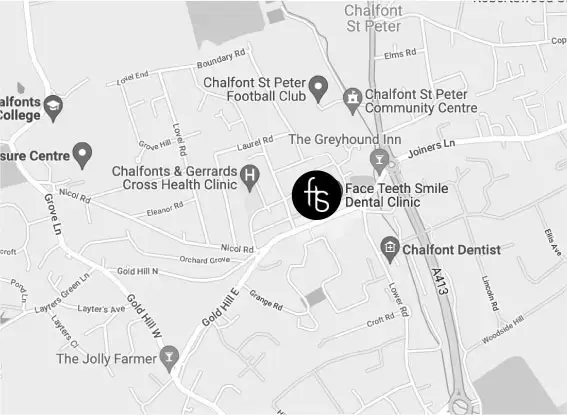General
Minimally Invasive Dentistry: Key Advantages

Minimally invasive dentistry is leading the way forward for both patients and dental professionals when it comes to tooth decay, otherwise known as dental caries or cavities.
There are some major key advantages of these modern techniques which favour preserving the soft tissues in the mouth and preventing the need for more invasive techniques later down the line.
There are benefits for the patient’s oral health and reduced risk that can come with more invasive procedures too. In essence, the focus of minimally invasive dentistry is to reduce discomfort and/or distress for the patient, preserve the functionality and appearance of the teeth and soft tissues, and avoid the need for regular, ongoing or future dental treatment.
Minimally invasive dentistry can also reduce the time and cost of dental procedures in the long run. You can speak to a minimally invasive dentist at Face Teeth Smile if you have concerns or queries about your dental care.
Get in touch to book a no-obligation consultation online, or by calling +44 (0) 020 4525 9664 or by emailing info@faceteethsmile.com.
What Is Minimally Invasive Dentistry?
Minimally invasive dentistry is designed to provide care for your natural teeth without sacrificing your comfort. Treatments focus on preservation, prevention, safety and wellbeing, with the goal of minimising the need for future dental repairs.
Historically, dental professionals might have recommended waiting until absolutely necessary to fix a dental problem. The idea behind minimally invasive dentistry is to prioritise preventive care so that serious dental problems never or rarely occur.
Why Are More Dental Professionals Embracing Minimally Invasive Dentistry?
As technology improves, so too does our understanding of oral problems and the techniques needed in the prevention of more serious dental problems. Most cases which require more aggressive dentistry techniques could likely have been delayed or prevented in the early stages through ongoing minimally invasive care.
With minimally invasive dentistry there is a real focus on preserving the original tissue and maintaining the original tooth structure where possible. Healthy tissue and tooth enamel mean better overall oral health, which can in turn halt potential tooth decay or periodontal disease further down the line.
What Is The Minimally Invasive Method?
The minimal intervention dentistry approach focuses on taking care of dental caries disease – the cause of tooth decay. This involves first controlling and treating the disease, then repairing any damage to the teeth with fillings only when necessary, and finally ensuring that future cavities are prevented.
Minimally Invasive Dentistry Techniques
Some of the treatments you might come across in MID are:
- Bite splints for controlling teeth grinding
- Dental inlays and onlays to strengthen teeth with moderate levels of decay
- Chemical softening and then removal of carious dental tissues through chemo-mechanical methods
- Laser dentistry for use in cosmetic dentistry procedures
What Are The Benefits Of Minimal Invasive Dentistry?
Minimally invasive treatments such as fillings and bonding are much less painful, cost-effective and also protect the integrity of your teeth. They also preserve the natural shape, functioning and appearance of your tooth compared to more drastic interventions like extractions or restorations.
- Preservation of healthy tooth structure
- Less pain
- More cost-effective treatment
- Reduced risk of periodontal diseases
- No need for invasive dentistry
With MID, patients can avoid the need for dental implants later down the line or the development of gum disease or caries lesions.
Minimally Invasive Dentistry at Face Teeth Smile
At Face Teeth Smile, we use the latest technology combined with years of expertise in the cosmetic dentistry field.
Get in touch to book a no-obligation consultation online, or by calling +44 (0) 020 4525 9664 or by emailing info@faceteethsmile.com.

